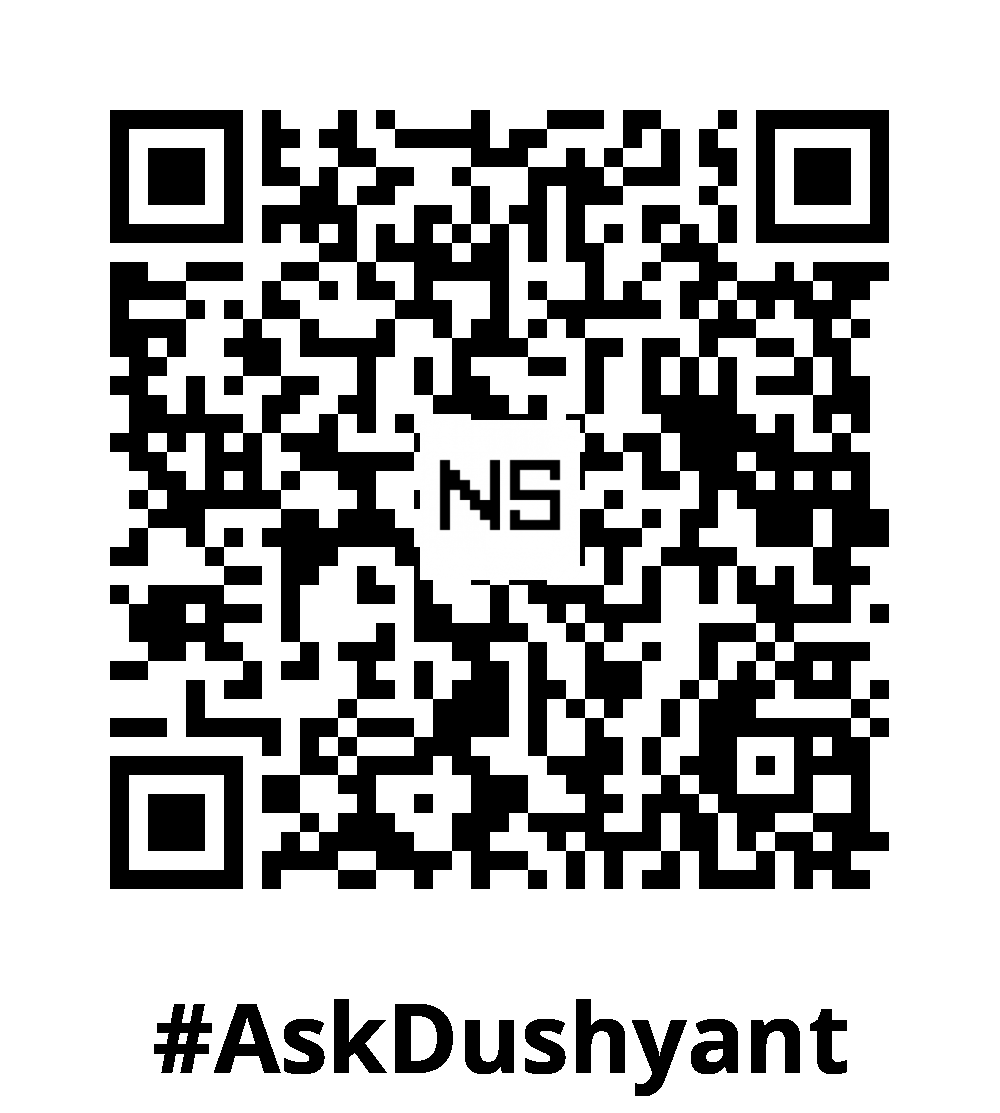The majority of data generated today is unstructured, existing in formats such as emails, social media posts, customer reviews, and legal documents. Extracting meaningful insights from this raw text is challenging. This is where Natural Language Processing (NLP) comes in. NLP enables machines to understand, analyze, and structure unstructured text data into a more usable format.
Over two decades in the tech corporate world, I have led transformative initiatives that ignite innovation, build scalable solutions, and drive organizations to unparalleled tech success. My expertise has become a go-to resource for businesses remarkable growth. In this tech concept, we explore key NLP techniques used to convert unstructured text into structured data, along with real-world applications and best practices.
Why Structure Unstructured Text Data?
Unstructured text lacks predefined formats, making it difficult to process using traditional data analysis techniques. Structuring text data helps:
- Enable Data-Driven Decision Making – Structured data allows organizations to analyze trends and patterns.
- Improve Searchability – Indexed text data enables efficient querying and retrieval.
- Enhance AI and ML Models – Machine learning algorithms perform better with structured datasets.
- Automate Processes – Businesses can automate workflows like sentiment analysis and chatbot responses.
Key NLP Techniques for Structuring Unstructured Text
1. Tokenization
Tokenization is the process of breaking down text into individual words (word tokenization) or sentences (sentence tokenization).
Example (Python using NLTK):
from nltk.tokenize import word_tokenize
text = "Natural Language Processing structures text data."
tokens = word_tokenize(text)
print(tokens) # ['Natural', 'Language', 'Processing', 'structures', 'text', 'data', '.']
2. Named Entity Recognition (NER)
NER identifies and classifies key entities in text, such as names, locations, organizations, and dates.
Example (Python using spaCy):
import spacy
nlp = spacy.load("en_core_web_sm")
text = "Apple Inc. was founded by Steve Jobs in California."
doc = nlp(text)
for ent in doc.ents:
print(ent.text, ent.label_)
Output:
Apple Inc. ORG
Steve Jobs PERSON
California GPE
3. Part-of-Speech (POS) Tagging
POS tagging assigns word categories like noun, verb, or adjective to each token.
Example (Python using NLTK):
import nltk
from nltk import pos_tag
from nltk.tokenize import word_tokenize
text = "AI is transforming industries."
tokens = word_tokenize(text)
print(pos_tag(tokens))
4. Text Classification
Text classification organizes text into predefined categories, useful for spam detection, topic categorization, and sentiment analysis.
Example (Using Scikit-Learn for Sentiment Analysis):
from sklearn.feature_extraction.text import CountVectorizer
from sklearn.naive_bayes import MultinomialNB
text_data = ["This product is amazing!", "Worst experience ever."]
labels = [1, 0] # 1 = Positive, 0 = Negative
vectorizer = CountVectorizer()
X = vectorizer.fit_transform(text_data)
model = MultinomialNB()
model.fit(X, labels)
print(model.predict(vectorizer.transform(["I love this!"]))) # Output: [1]
5. Text Summarisation
Summarization condenses long-form text into a concise summary.
Example (Python using Hugging Face Transformers):
from transformers import pipeline
summarizer = pipeline("summarization")
text = "Natural Language Processing helps in structuring unstructured data by using techniques like tokenization, NER, and text classification."
print(summarizer(text, max_length=30, min_length=10))
6. Sentiment Analysis
Sentiment analysis determines whether text expresses positive, negative, or neutral sentiment.
Example (Python using TextBlob):
from textblob import TextBlob
text = "I love this product! It is fantastic."
print(TextBlob(text).sentiment)
Output:
Sentiment(polarity=0.875, subjectivity=0.6)
Real-World Applications of Structured Text Data
- Customer Feedback Analysis
- Companies analyze product reviews to improve customer satisfaction.
- Sentiment analysis helps detect negative feedback and take proactive measures.
- Chatbots & Virtual Assistants
- NLP techniques like text classification power chatbots for better user interactions.
- Financial Market Analysis
- NLP structures financial news and reports for predictive analytics.
- Healthcare & Medical Records
- Named Entity Recognition extracts medical conditions and treatments from clinical notes.
- Legal Document Automation
- NLP extracts relevant case laws and legal precedents from large documents.
Best Practices for Structuring Text Data with NLP
- Preprocess Data Effectively
- Remove stopwords, punctuation, and unnecessary characters before applying NLP techniques.
- Choose the Right NLP Model
- Select models based on dataset size and complexity.
- Use Domain-Specific Training
- Train models on industry-specific text to improve accuracy.
- Validate and Fine-Tune Results
- Perform manual validation and fine-tuning to improve structured data quality.
- Leverage Cloud NLP APIs
- Services like Google NLP, AWS Comprehend, and Azure Text Analytics can speed up processing.
My Tech Advice: Whether you’re working with customer reviews, social media content, or legal documents, NLP is a powerful tool to make unstructured text manageable and meaningful. Structuring unstructured text data is crucial for making sense of the vast amount of information available today. NLP techniques help transform raw text into structured, actionable data, Allowing businesses to unlock valuable insights, enhance automation, and make better data-driven decisions.
#AskDushyant
#TechConcept #TechAdvice #AI #Analytics #NLP


Leave a Reply